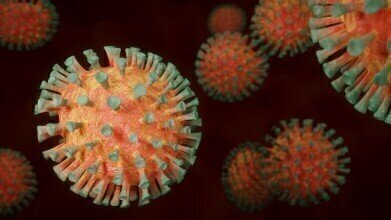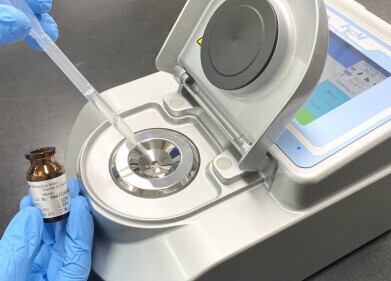Laboratory Products
SARS-Cov-2 and COVID-19 - What's the Link?
Sep 02 2020
While the terms SARS-Cov-2 and COVID-19 are often used interchangeably, there is actually a big difference between the two. Closely linked to severe acute respiratory syndrome coronavirus (SARS-CoV), SARS-CoV-2 is a novel strain of coronavirus that causes the infectious disease known as COVID-19. Understanding the relationship between SARS-Cov-2 and COVID-19 is an important part of understanding the cellular foundations of both the virus and the disease, and the threat they pose to global health. Some of the most recent findings were published in the journal Science, with authors Nicholas J. Matheson and Paul J. Lehner offering more insight into how the virus infiltrates and attacks the body.
Understanding ACE2
All viruses infect the human body by binding to cognate surface receptors and penetrating cells. The number of viral entry receptors has a direct impact on the speed at which a virus can spread. In the case of SARS-Cov-2, the virus enters cells using a receptor protein known as angiotensin-converting enzyme 2 (ACE2). Like all coronaviruses, SARS-Cov-2 relies on spike proteins to bind to ACE2 and infect cells. There are currently seven known human coronaviruses that use this technique, including SARS-CoV which was first identified in China in 2002 and Middle East respiratory syndrome (MERS)-CoV].
One SARS-Cov-2 has infiltrated the body, it can rapidly attack areas that are rich in ACE2 receptors. The lining of the heart and blood vessels have high ACE2 receptor counts, as do alveoli. While microscopic in size, alveoli are tiny air sacs that absorb oxygen breathed into the lungs and essentially keep the body alive. When SARS-Cov-2 ravages ACE2 receptors the consequences can be lethal for bodies that aren’t strong enough to fight off the virus. One of the most common symptoms is inflammation, which can lead to pneumonia.
The art of naming a virus
While SARS-Cov-2 refers to the virus itself, COVID-19 is the name used to describe the disease caused by the virus. There are several reasons why COVID-19 was chosen as the official name for the disease, including attempts to minimise panic.
“From a risk communications perspective, using the name SARS can have unintended consequences in terms of creating unnecessary fear for some populations, especially in Asia which was worst affected by the SARS outbreak in 2003,” reads a statement issued by the WHO.
State-of-the-art equipment plays a critical role in deciphering viruses. To find out more about the latest goniometer system and configurable correlator solutions being used to extract information from complex samples, don’t miss ‘Optimising DLS Measurements for Protein Characterisation.
Digital Edition
Lab Asia 31.2 April 2024
April 2024
In This Edition Chromatography Articles - Approaches to troubleshooting an SPE method for the analysis of oligonucleotides (pt i) - High-precision liquid flow processes demand full fluidic c...
View all digital editions
Events
Apr 28 2024 Montreal, Quebec, Canada
May 05 2024 Seville, Spain
InformEx Zone at CPhl North America
May 07 2024 Pennsylvania, PA, USA
May 14 2024 Oklahoma City, OK, USA
May 15 2024 Birmingham, UK


















